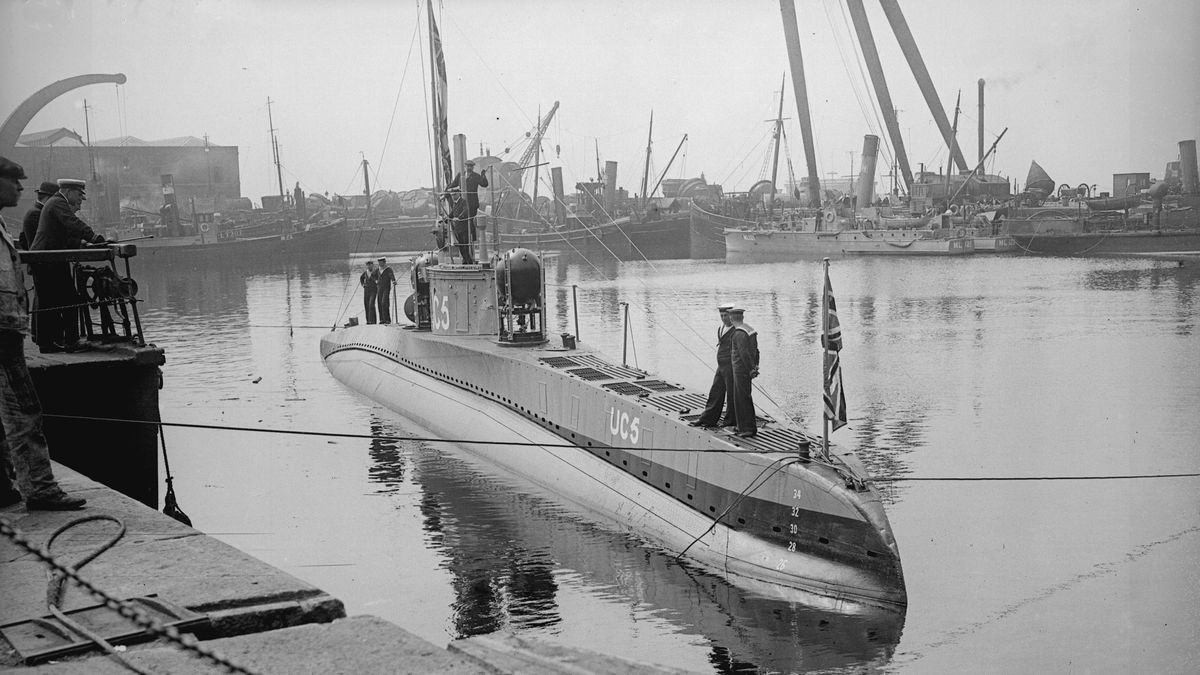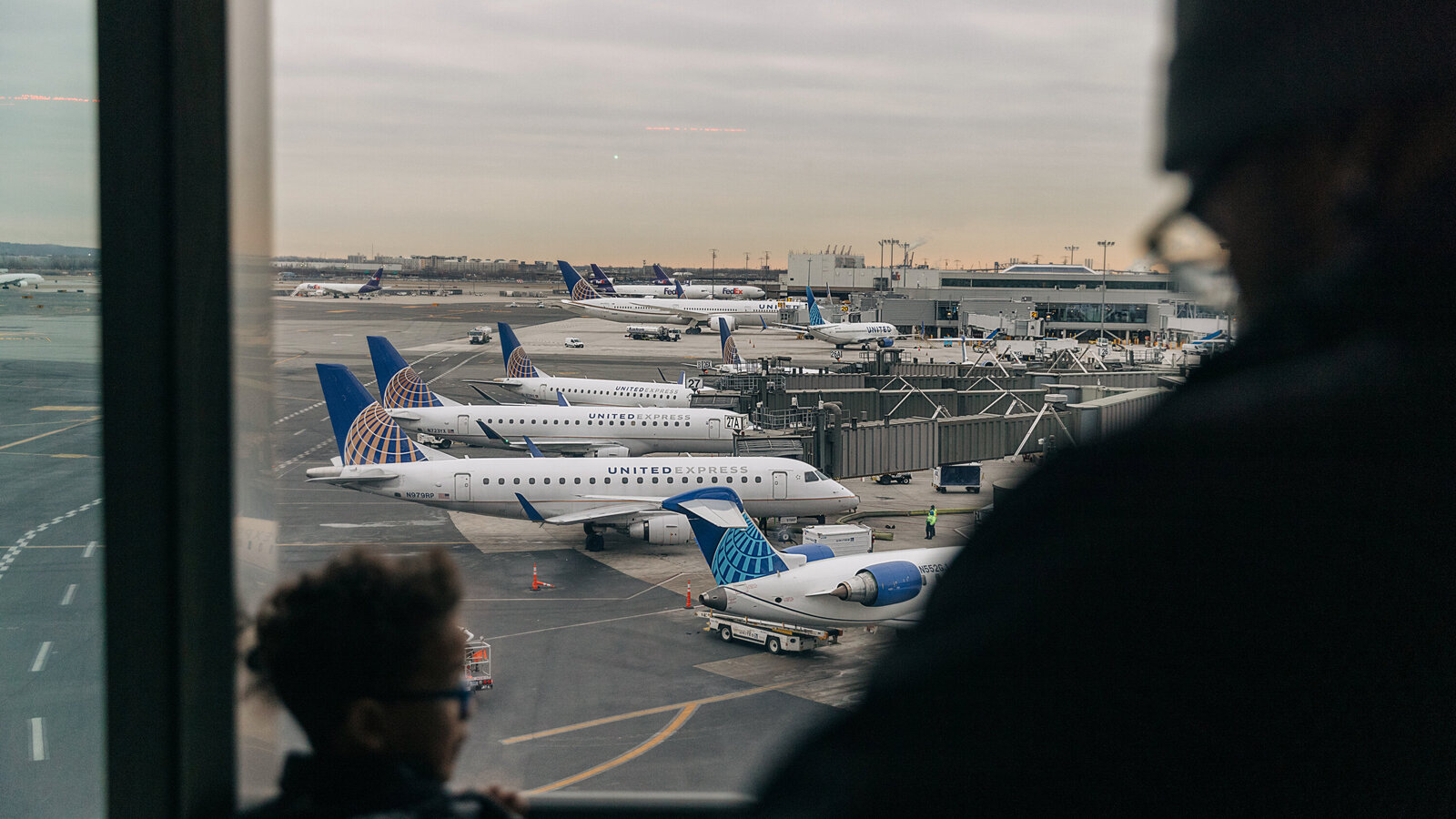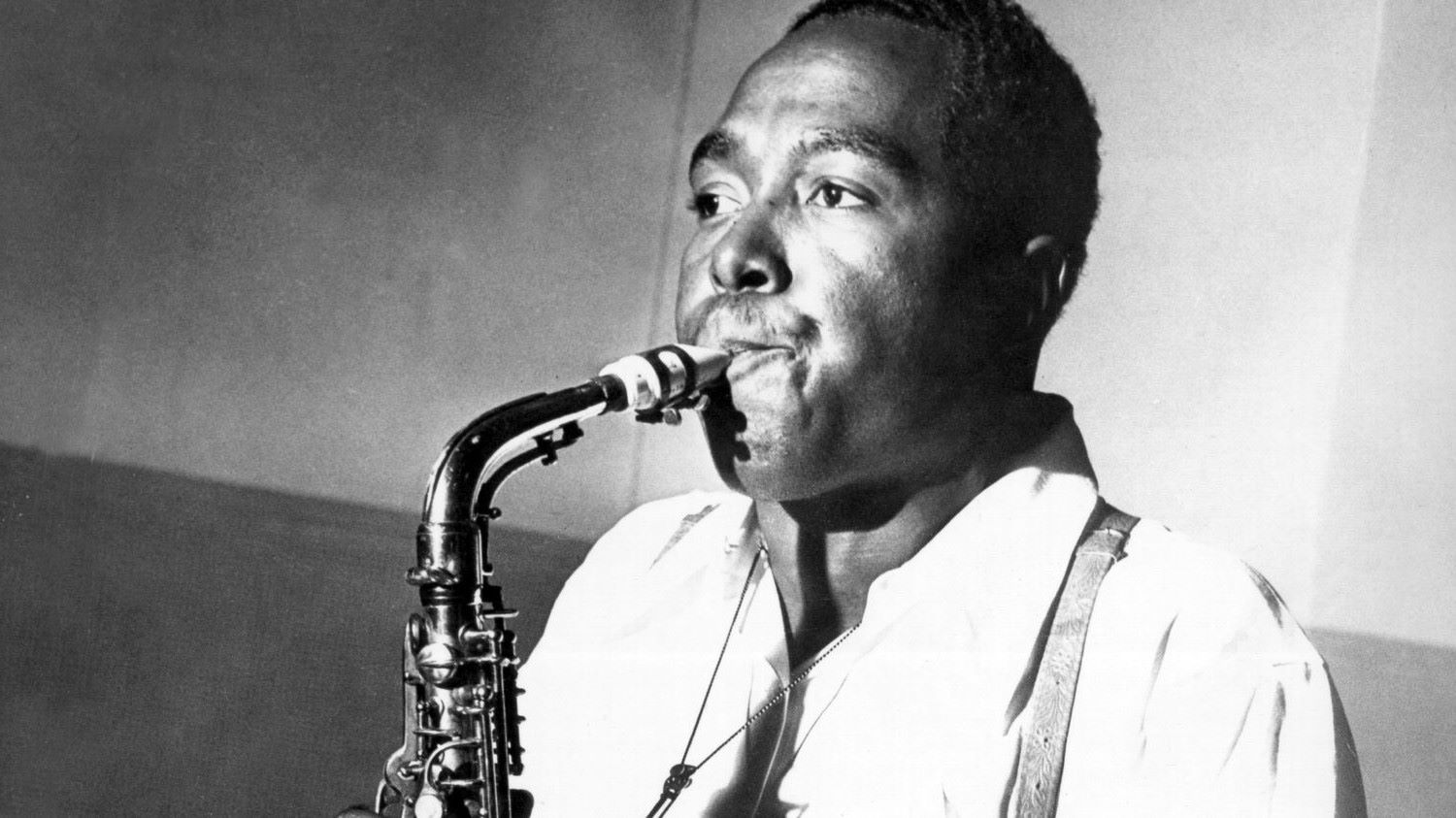
Submarines in WW1 were game-changers, silently lurking beneath the waves, ready to strike. These underwater vessels brought a new level of stealth and surprise to naval warfare. Did you know that the German U-boat campaign almost strangled Britain's supply lines? With their torpedoes, submarines could sink massive ships without warning. But how did they work? Early submarines were cramped, smelly, and dangerous for their crews. They relied on diesel engines on the surface and electric motors underwater. Why were they so feared? Their ability to hide and attack without being seen made them a terrifying threat. Ready to dive into more intriguing facts about these underwater warriors?
The Dawn of Submarines in WW1
Submarines played a crucial role during World War 1, marking the beginning of underwater warfare. These stealthy vessels changed naval battles forever. Here are some fascinating facts about submarines in WW1.
-
The First Submarine Attack: The first successful submarine attack in WW1 occurred on September 5, 1914, when the German U-boat U-21 sank the British cruiser HMS Pathfinder.
-
U-Boat Menace: German submarines, known as U-boats, were a significant threat to Allied shipping. They sank over 5,000 ships during the war.
-
Unrestricted Submarine Warfare: Germany declared unrestricted submarine warfare in 1917, allowing U-boats to sink any ship, including civilian vessels, without warning.
-
Lusitania Sinking: The sinking of the RMS Lusitania by a German U-boat in 1915 killed 1,198 people and turned public opinion against Germany, influencing the United States to join the war.
-
Submarine Innovations: WW1 saw significant advancements in submarine technology, including improved torpedoes, better engines, and more effective periscopes.
Submarine Life and Operations
Life aboard a WW1 submarine was challenging and dangerous. Crews faced cramped conditions, limited supplies, and constant threats from enemy forces.
-
Cramped Quarters: Submarines were small and cramped, with limited space for the crew. Sailors often slept in shifts, sharing bunks.
-
Limited Supplies: Submarines had limited storage for food and water, making long missions difficult. Crews often relied on canned and preserved foods.
-
Periscope Use: Submarines used periscopes to observe the surface while remaining submerged. This allowed them to spot enemy ships without being detected.
-
Silent Running: To avoid detection, submarines often ran silently, turning off engines and other noisy equipment.
-
Depth Charges: Enemy ships used depth charges to attack submarines. These explosive devices were dropped into the water and detonated at specific depths.
Submarine Strategies and Tactics
Submarines employed various strategies and tactics to outmaneuver enemy forces and achieve their objectives.
-
Wolfpack Tactics: German U-boats often operated in groups called wolfpacks, coordinating attacks on Allied convoys.
-
Convoy System: The Allies developed the convoy system, grouping ships together and providing them with naval escorts to protect against submarine attacks.
-
Decoy Ships: The British used Q-ships, armed merchant vessels disguised as civilian ships, to lure and attack German U-boats.
-
Mine Laying: Submarines also laid mines in strategic locations to disrupt enemy shipping lanes.
-
Submarine Nets: The Allies deployed submarine nets to protect harbors and coastal areas from U-boat attacks.
Notable Submarines and Commanders
Several submarines and their commanders became famous for their exploits during WW1.
-
U-9's Feat: The German U-boat U-9, commanded by Otto Weddigen, sank three British cruisers in a single hour on September 22, 1914.
-
U-35's Record: U-35, commanded by Lothar von Arnauld de la Perière, became the most successful submarine of the war, sinking 224 ships.
-
HMS E11: The British submarine HMS E11, commanded by Martin Nasmith, conducted daring raids in the Sea of Marmara, sinking numerous Ottoman ships.
-
UC-47's Fate: The German submarine UC-47 was sunk by the British destroyer HMS Loyal in 1917, highlighting the constant danger faced by submarines.
-
SM UB-110: The German submarine SM UB-110 was sunk by the British destroyer HMS Garry in 1918, with only 13 survivors from the crew of 34.
Technological Advancements and Challenges
WW1 submarines faced numerous technological challenges, but also saw significant advancements that shaped future naval warfare.
-
Diesel Engines: Submarines used diesel engines for surface travel and battery-powered electric motors for underwater propulsion.
-
Torpedo Development: Torpedoes became more reliable and effective, with improved guidance systems and explosive warheads.
-
Hull Design: Submarine hulls were strengthened to withstand greater depths and pressures.
-
Communication: Submarines used radio communication to coordinate with other vessels and receive orders from command.
-
Sonar Beginnings: Early sonar technology, known as ASDIC, was developed to detect submarines underwater.
Impact on Naval Warfare
The use of submarines in WW1 had a profound impact on naval warfare, leading to new strategies and technologies.
-
Blockades: Submarines were used to enforce naval blockades, cutting off enemy supply lines and resources.
-
Psychological Warfare: The threat of submarine attacks created fear and uncertainty among enemy forces and civilians.
-
Anti-Submarine Warfare: The development of anti-submarine warfare tactics and technologies became a priority for the Allies.
-
Post-War Treaties: The use of submarines in WW1 led to post-war treaties and agreements aimed at regulating submarine warfare.
-
Legacy: The lessons learned from WW1 submarine warfare influenced the design and use of submarines in future conflicts, including WW2.
Submarine Stories and Anecdotes
WW1 submarines were involved in many remarkable stories and anecdotes that highlight their impact on the war.
-
Rescue Missions: Submarines sometimes conducted rescue missions, saving survivors from sunken ships.
-
Espionage: Submarines were used for espionage missions, gathering intelligence behind enemy lines.
-
Heroic Feats: Submarine crews often performed heroic feats, risking their lives to complete their missions and protect their comrades.
The Depths of History
Submarines in WW1 changed naval warfare forever. These underwater vessels, armed with torpedoes, became silent hunters, striking fear into enemy ships. The German U-boats, in particular, wreaked havoc on Allied shipping lanes, leading to significant losses. This new form of warfare forced nations to develop countermeasures, like depth charges and convoy systems, to protect their fleets.
The bravery of submarine crews can't be overstated. Operating in cramped, dangerous conditions, they faced the constant threat of detection and destruction. Their missions were perilous, yet they played a crucial role in the war's outcome.
Understanding the impact of submarines in WW1 helps us appreciate the technological advancements and strategic shifts that occurred. These vessels not only altered naval tactics but also highlighted the importance of innovation in warfare. The legacy of WW1 submarines lives on, influencing modern naval strategies and submarine designs.
Was this page helpful?
Our commitment to delivering trustworthy and engaging content is at the heart of what we do. Each fact on our site is contributed by real users like you, bringing a wealth of diverse insights and information. To ensure the highest standards of accuracy and reliability, our dedicated editors meticulously review each submission. This process guarantees that the facts we share are not only fascinating but also credible. Trust in our commitment to quality and authenticity as you explore and learn with us.


